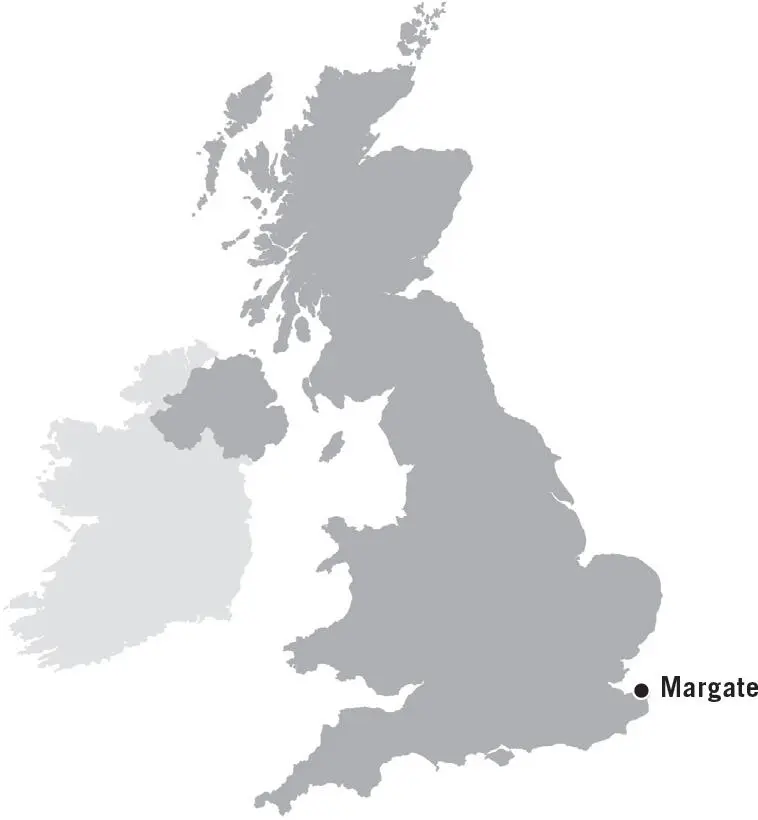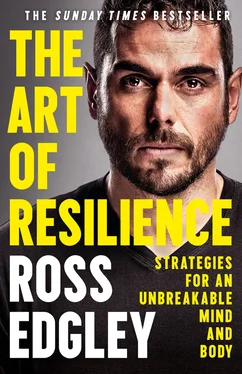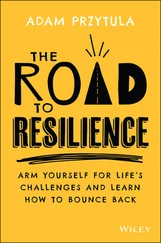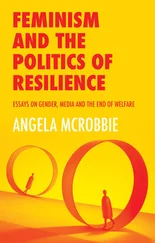‘I think the reason my body hasn’t broken and my mind hasn’t quit (yet) is because I’ve been able to fuse the teachings of ancient Greek philosophers with modern sport scientists to form my own form of philosophy called Stoic Sports Science.’
The journalist appeared puzzled at first but then nodded with his pen and notepad poised as if eagerly anticipating my next answer, hoping I was about to dispense some profound, deep and spiritual seafaring wisdom. But unfortunately, I had nothing else for him. Since I still had over 900 miles left to swim, my newly found philosophy was far from proven. But I told him if I completed the swim, I would finish my study and the book.
‘Then I’ll have to wait to buy a copy,’ he said laughing.
I smiled as we sat there taking in the vast expanse of our surroundings while pondering what had brought us together in this unlikely gathering.
‘Okay, why are you doing this then?’ he asked.
I looked at Matt. He looked back at me with knowing eyes. Nothing needed to be said.
The memory of the start of this journey (and life back on land) seemed like a lifetime ago. Many miles, tides and sunsets had passed since that day. But to understand why we were doing this, you must understand we as humans have been practising the art of resilience for centuries. It’s the one key trait we possess over all other species. Therefore, in many ways, what began on 1 June 2018 on the sands of Margate beach in southeast England was just an exaggerated expression of our unique human ability to find strength when suffering.
PART 1 | LIFE ON LAND ( BEFORE THE SWIM)
CHAPTER 1 | WHY DID I DO IT?

LOCATION:Margate
DISTANCE COVERED:0 miles
DAYS AT SEA:0
It’s 7.00 a.m. on 1 June 2018 in the small coastal town of Margate. Tucked away on England’s southeast coast, this seaside resort has down the years served as a magnet for Londoners, with its sandy beaches less than 80 miles away from the capital. In fact, Margate has an old-world charm that makes the ice cream parlours, pie and mash shops and amusement arcades seem almost timeless. Yet the town’s history is also closely tied to the sea and the absence of their once great Victorian pier, destroyed after a storm in 1978, is a constant reminder to the locals (and all who visit) of the ocean’s power.
This is why the British coastline was the ideal ‘testing ground’ to research The Art of Resilience . Known around the globe for having some of the world’s most dangerous tides, waves and weather, every menacing whirlpool, rugged headland and North Sea storm would become a tool for me to sharpen my mind and harden my body.
But why Margate to start? When planning for the swim, we decided we needed to swim clockwise around Great Britain because the prevailing winds affecting our island are from the west or southwest. So we would be facing the ‘harder’ half of the journey – if we made it down the south coast, around Cornwall and up the Irish Sea towards western Scotland – during the summer months. The ‘easier’ half of the swim would theoretically be over the top of Scotland and down the east coast of Britain where we would be more sheltered from the southwesterlies by the topography of the coastline. Speed was of the essence, however, in order to complete our mission before the onset of winter.
But this morning, standing on the beach looking out to sea, I had absolutely no idea what lay ahead. Many people considered this ‘swimming suicide’, believing it was an impossible swim that was foolish to even attempt. But to quote the award-winning novelist Pearl S Buck, ‘The young do not know enough to be prudent, and therefore they attempt the impossible – and achieve it, generation after generation.’
Which is why my plan was simple. Using myself as a sea-dwelling, human guinea pig I would attempt to complete the first 1,780-mile swim in history all the way around Great Britain, while putting to test the science behind strength, stoicism and fortitude. As I researched the intricacies of resilience on this swim, my goal was to fully understand what makes the human spirit so unbreakable.
The regulations governing the swim were pretty straightforward too. It would be classed as ‘the world’s longest staged sea swim’ (where the distance of the individual stages can vary each day, and the start point of each stage begins at the finish point of the previous stage) and would abide by the rules of the World Open Water Swimming Association (WOWSA) and the Guinness Book of World Records . I would be fitted with an electronic GPS tracker and my location recorded with WOWSA at the end of each day’s swim. I would also tow an inflatable buoy during every swim for safety (especially at night, since it contained a flashing light so I could be seen). I myself insisted that I would not set foot on land during the entire swim, but would take my rest periods out on the water on a support boat.
Of course, this wasn’t a solo endeavour. To even contemplate a swim of this magnitude I needed a boat captain equipped with ironclad fortitude and years of experience sailing in the most adverse conditions Mother Nature could conjure up. Then I needed a crew with unwavering faith who would sail day and night alongside me, through hell and high water, to make this mission a success.
But instead of finding a team, I found something far better. I found a family.
The Knight family were a committed band of sailors and big-wave surfers who had the (joint) dream of sailing around Great Britain for many years. With a love of adventure and penchant for the impossible, dad, husband and captain Matt Knight was recommended to me by a mutual friend as the ideal man to lead my crew. When we first met down in Torquay to discuss the mission, he was struck by my enthusiasm and didn’t need much convincing to adopt an utterly naive and wildly optimistic swimmer and mastermind the first circumnavigation swim around this big rock we call Great Britain.
As a personality and a character Matt’s hard to explain, but let me try. Standing just over six foot, he was 60 years old but had a physique that resembled an elite triathlete. With not an ounce of body fat, he had giant, cartoon-like forearms that rivalled Popeye’s and skin like hardened leather from years of battling wind, waves and salt water. But these features were purely a physical representation of his deep connection with the sea, which all began in the 1980s when, as a young boy, he left his hometown in search of adventure and sailed across the Atlantic employed as a deckhand. Hardworking and with an insatiable love of the sea, he moved through the ranks; years later he gained his Yachtmaster qualification and skippered boats across the Atlantic, Pacific and Indian oceans.
Which is when he met mum, wife and chief cook, Suzanne, a petite, blonde Devonshire lady whose maternal instinct only seemed to be fulfilled when cooking for the family and crew while battling 20-ft waves somewhere across the high seas. In tandem with Matt, they sailed the coastlines of France, Cornwall, Devon, Wales, Ireland, Portugal and Madeira and explored some of the most remote islands in the South Pacific and Indonesia.
They even found time to produce four incredible children along the way, who would become the crew and my newly adopted brother and sisters: Taz, Harriet, Peony and Jemima. With no hierarchy, each one of my ‘sea siblings’ would do anything and everything possible to ensure we could continue making progress around the coast, from guiding me past lobster pots, jagged rocks and dangerous shipping lanes to guarding me from sharks, killer whales and seals during mating season.
Читать дальше













